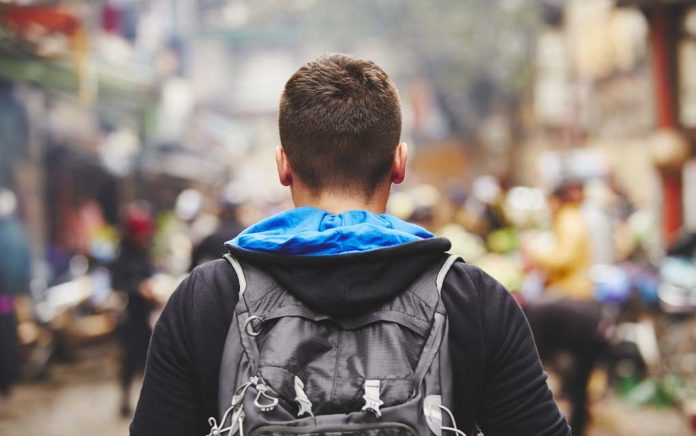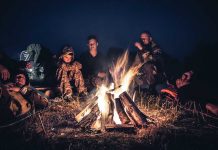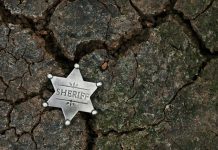(SurvivalDaily.com) – As survivalists, we put a lot of time, money, and effort into preparing for whatever may come our way. All of that is for naught if we’re away from home when the SHTF and we can’t get back to all our preps. This is why a good get home bag (GHB), also known as an everyday carry (EDC) bag, is essential.
Logical Preparation
Packing and maintaining a GHB is a good idea for anyone who spends any time away from home. Transportation could be hindered or stopped altogether, by gridlock, downed bridges or even rioting. If you’re at the office when the SHTF, you want to be able to get back home or to your pre-planned meeting place with your loved ones.
Don’t forget, severe weather, earthquakes, tornados, and other natural disasters can also seriously disrupt the flow of traffic. It’s not just “the end of the world as we know it” (TEOTWAWKI) events that can force you to head home on foot.
Bug Out Bag vs Get Home Bag
A bug out bag (BOB) is designed to keep you alive as you get out of Dodge. It generally has enough supplies to keep you alive and on the go for 72 hours to a week. As such, it contains considerable amounts of gear and can be heavy.
GHBs are much lighter, as they’re designed solely to get you home in an emergency. A good get home bag will have enough stores to last 24 hours and will be much lighter than a traditional BOB — leaving you more energy and better mobility as you make your way home.
The Goods
A standard get home bag should be rather plain, so as not to attract attention to your small cache of supplies. A school backpack or messenger bag are best for this as they are items you would expect to see carried around in public. A tactical bag is a dead giveaway that you’re carrying supplies, and that can make you a target in a disaster situation.
The contents of a basic get home bag should include the following items:
- Water in a stainless steel bottle
- Snack bars, energy bars, granola bars, or trail mix. Anything quick and easy to eat that is high in protein
- Lighters, matches and tinder such as dryer lint
- Flashlight and extra batteries
- Tarp or mylar blanket
- Dust mask
- Map and compass
- Folding knife and multitool
- Good hiking shoes or boots
- Rain poncho
- Gloves
- Hat
- Sunglasses
- First-aid kit
- Clothes
- Bandana
- If local laws permit it, a concealed carry weapon
In conclusion, you should keep a GHB with you whenever you travel, no matter the distance. When things go south, we rarely have the luxury of a warning. Being prepared to make our way home to a pre-planned safe spot in the event of a crisis is vital.
Copyright 2020, SurvivalDaily.org

















